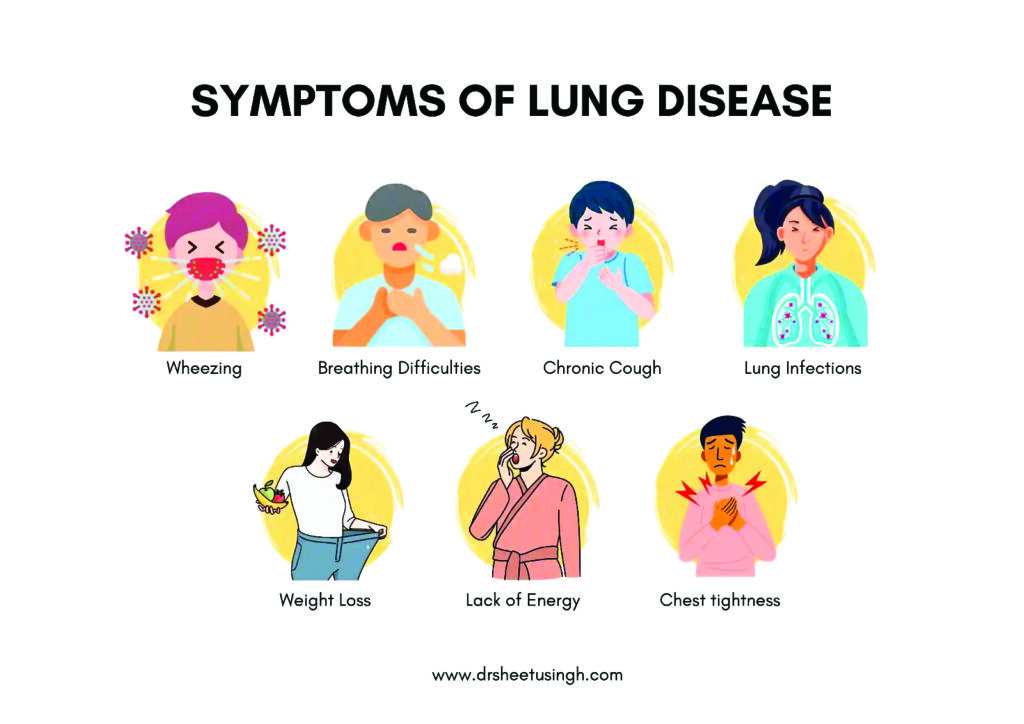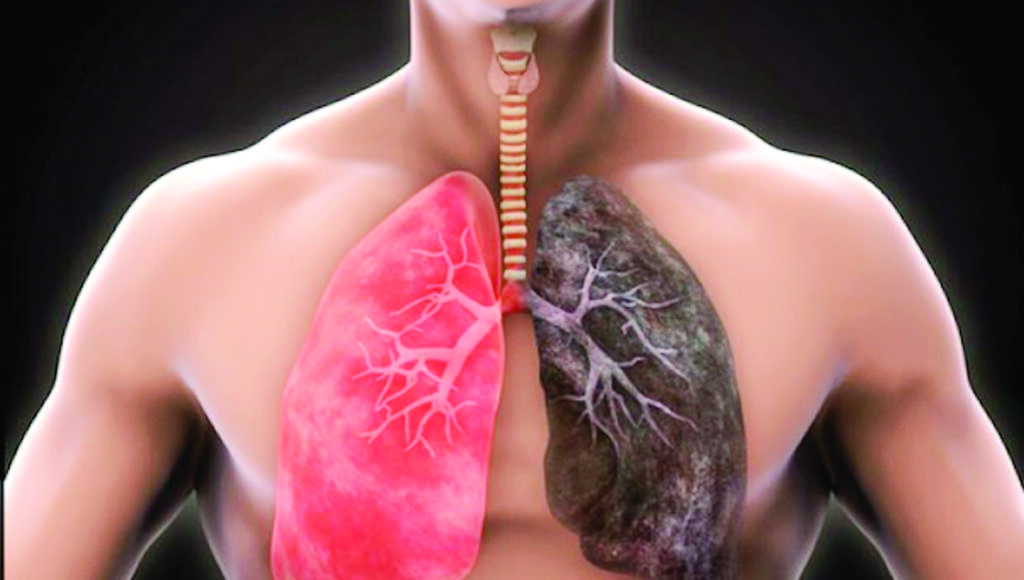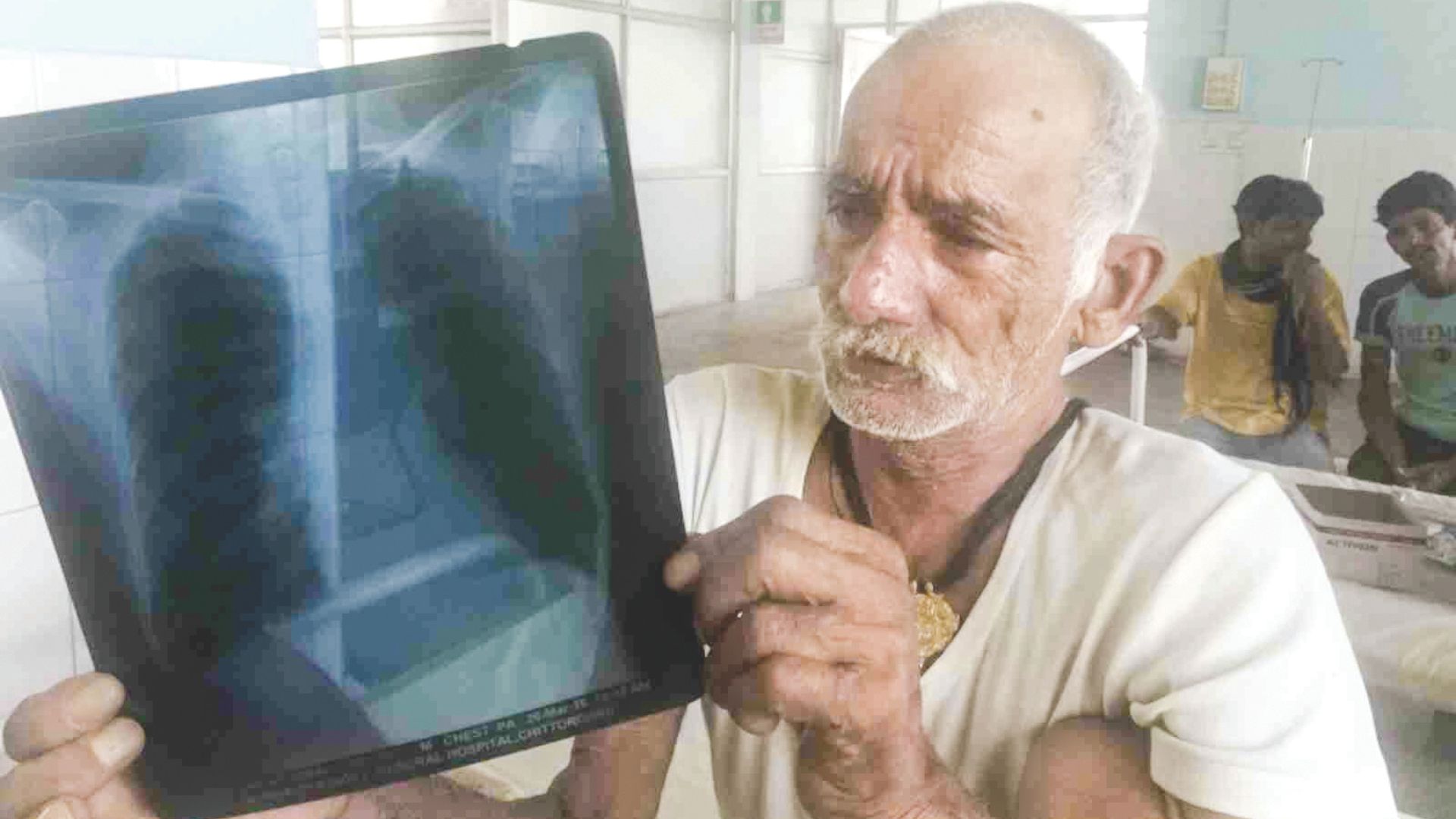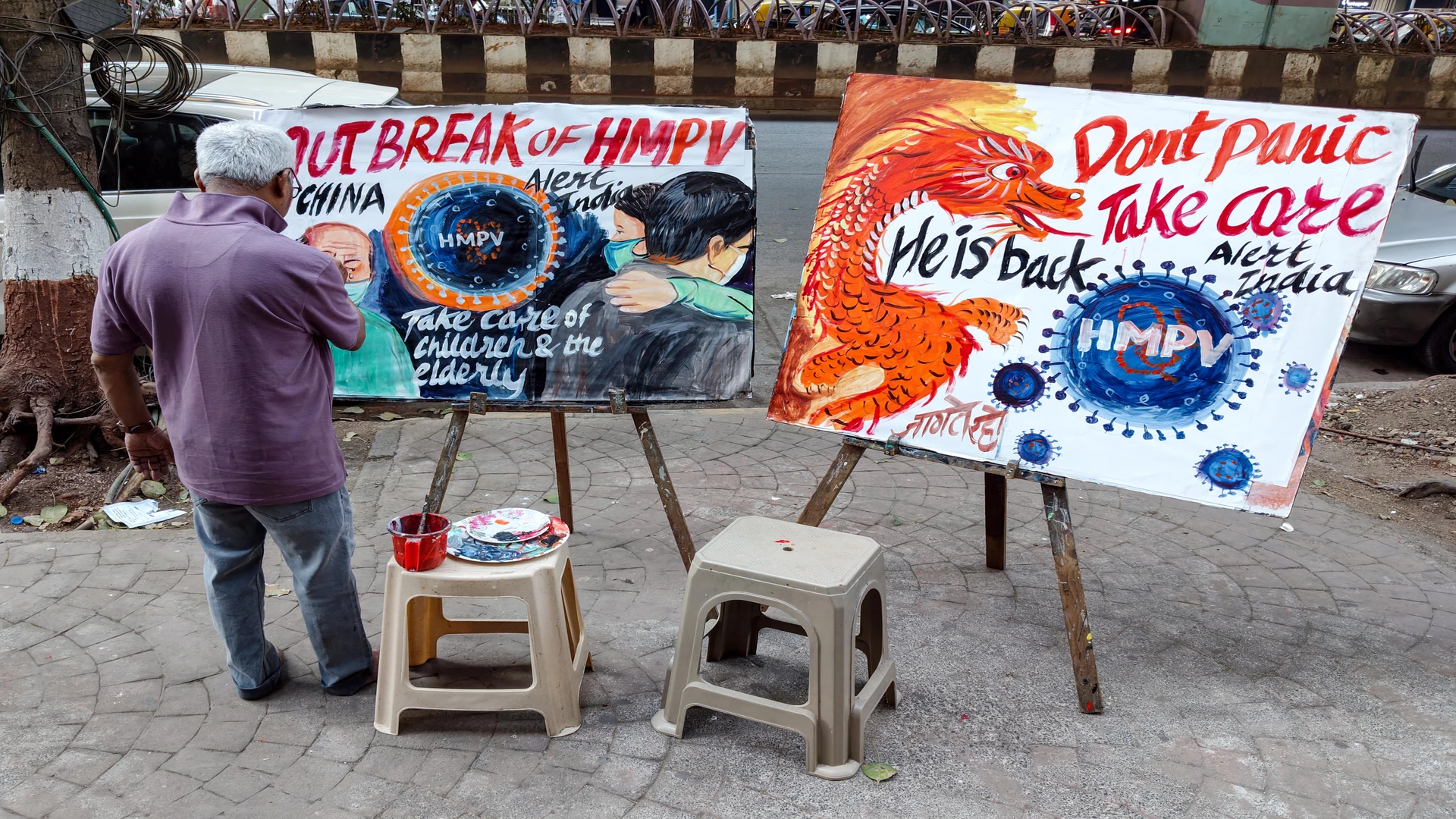India has become a global epicenter for deaths due to asthma and chronic obstructive pulmonary disease (COPD), accounting for more than 40% of the world’s fatalities from these conditions, despite having only 17% of the global patient population. A recent study published in the international journal ‘Lung India’ reveals alarming statistics about respiratory diseases in the country, particularly highlighting the dire situation in Rajasthan, which ranks first in the number of deaths attributed to COPD and asthma. India has become the capital of deaths due to asthma and COPD, almost half of the world’s deaths due to the disease occur here
A study conducted on respiratory patients across 290 centers in the country reveals that Rajasthan has the highest number of deaths due to respiratory diseases in India. Conducted by the Indian Chest Society, the Seasonal Wave of Respiratory Disease (SWORD) survey analyzed respiratory patients across 290 centers in India. The findings reveal a startling reality: over one-fourth of patients with asthma and COPD are in serious condition, heightening their vulnerability to fatal outcomes. Shockingly, one-third of asthma patients with poor control are not receiving any treatment, further increasing their risk of death.
Moreover, the survey indicates that 59% of patients do not use inhaler medications, specifically inhaled corticosteroids (ICS), which are crucial for managing severe asthma. In contrast, about 42% of patients with mild COPD (group A) are unnecessarily using ICS, raising their risk of pneumonia. Alarmingly, around 25% of severe COPD patients do not receive any treatment at all, significantly increasing their mortality risk.

Barriers to Effective Treatment
One major barrier to effective treatment is the lack of proper diagnostic testing. Less than half of asthma and COPD patients undergo spirometry tests, which are essential for assessing the severity of their condition. Additionally, only 10% of patients receive vaccinations, putting them at greater risk for complications like influenza and pneumonia.
The study also identifies other risk factors contributing to poorly controlled asthma, including exposure to rain and gastroesophageal reflux disease (GERD). These factors complicate the management of respiratory conditions, yet they often go unaddressed in patient care.
The Educational Gap
Despite the severe implications of COPD, the National Medical Commission (NMC) has removed chest disease from the MBBS curriculum, leaving new generations of doctors underprepared to handle these prevalent conditions. As a result, many healthcare professionals lack the necessary knowledge to provide appropriate care for respiratory diseases, which exacerbates the ongoing crisis.

A Call to Action
The findings of the SWORD survey serve as a crucial wake-up call for healthcare authorities, policymakers, and the general public. Here are some actionable steps that can be taken:
Increase Awareness and Education: Public health campaigns should focus on educating patients about the importance of medication adherence and proper inhaler techniques. Training programs for healthcare providers must be reinstated to ensure they are equipped with the latest information about respiratory diseases.
Enhance Access to Diagnostic Tools: Expanding access to spirometry testing and other diagnostic tools can help in early identification and management of respiratory conditions.
Promote Vaccination: Vaccination programs should be emphasized, particularly for high-risk populations, to prevent complications related to respiratory diseases.
Policy Revisions: The NMC must reconsider the removal of chest disease from medical curricula, ensuring future healthcare providers receive comprehensive training in respiratory health.

Focus on Comprehensive Care: Integrating treatment plans that address coexisting conditions, such as GERD and lifestyle factors, can significantly improve patient outcomes.
India’s respiratory health crisis demands immediate attention and action. With a significant portion of the population affected by asthma and COPD, the time has come to prioritize mental and physical health in equal measure. By addressing misconceptions, enhancing education, and improving access to care, India can take meaningful steps towards reducing the staggering mortality rates associated with respiratory diseases. It is imperative for all stakeholders to come together and forge a path towards better respiratory health for all citizens.























